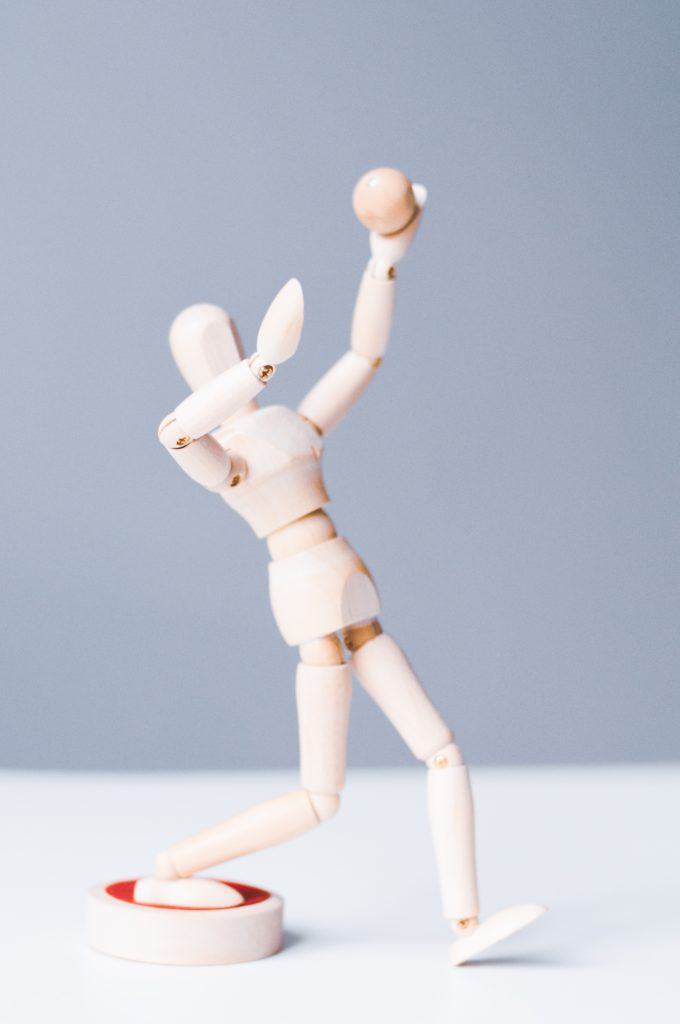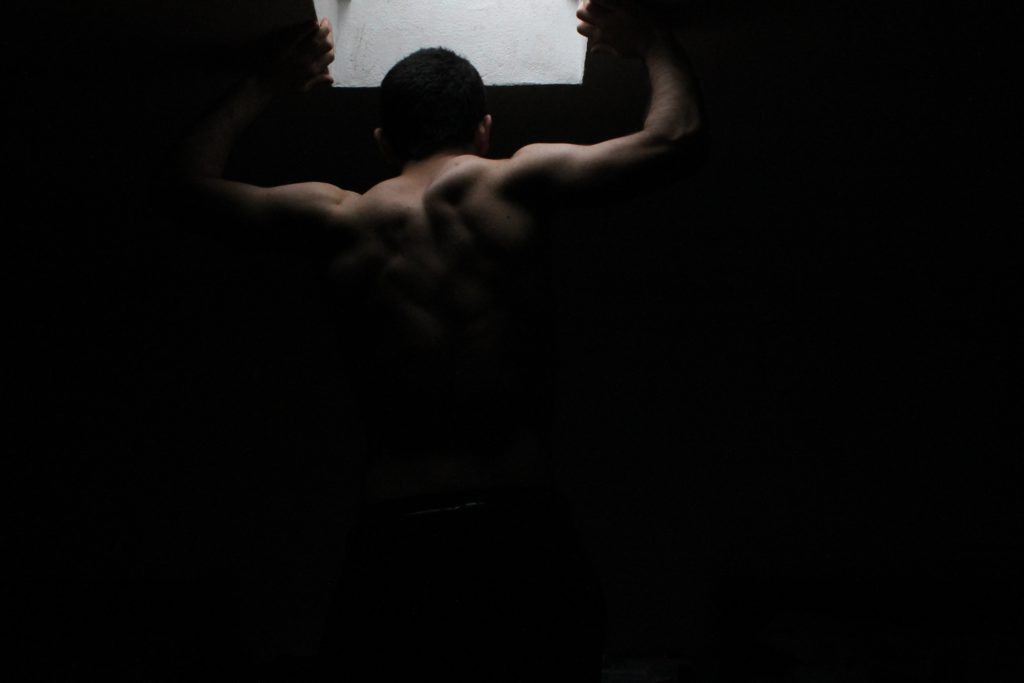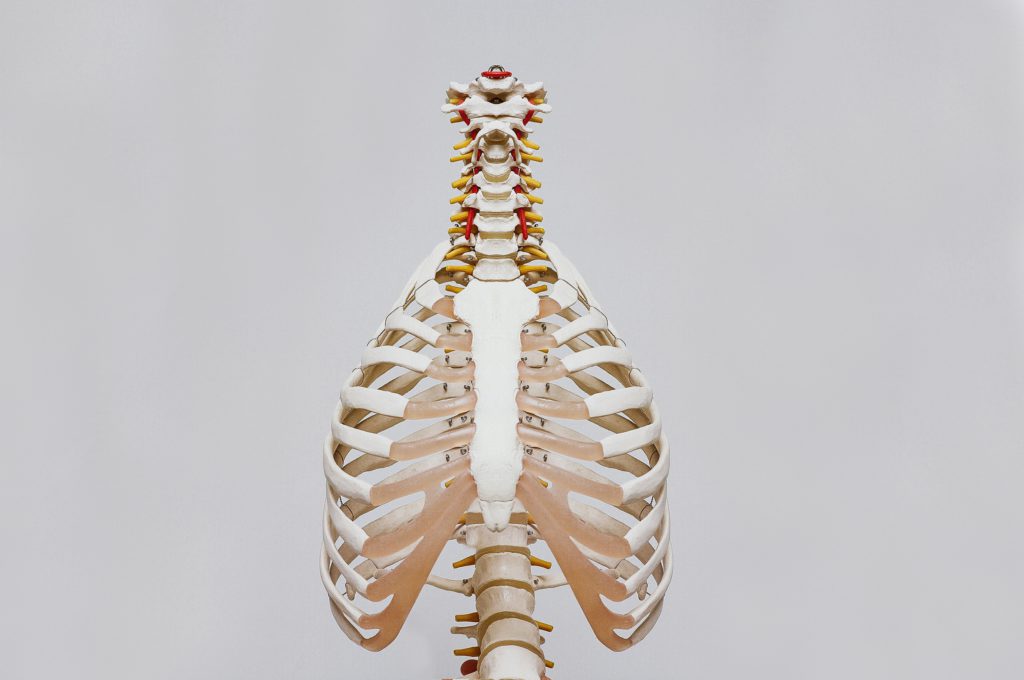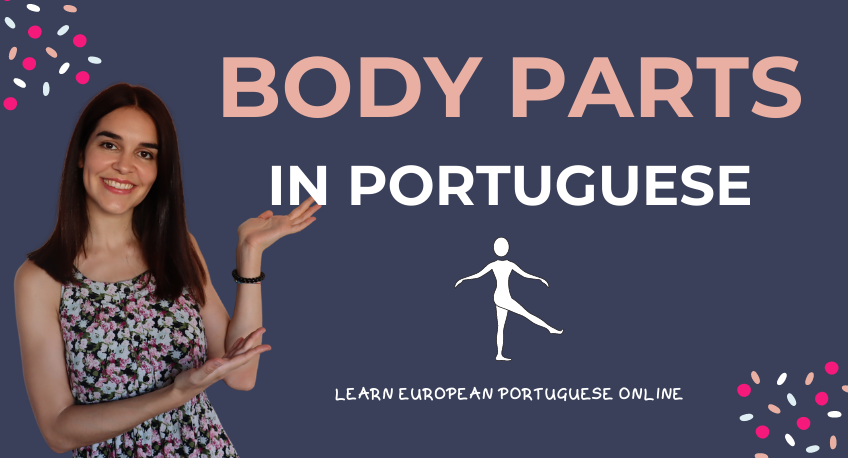Olá! Today I will be writing about body parts in Portuguese. I have to tell you that if you found the title weird, you are not alone. I also struggled with it.
Anyhow, as strange as it may be the topic, we all do have body parts and it might be quite handy to know the names of each of them, if we are going to the doctor, for example.
Therefore, I decided to give you a list of vocabulary about this topic today, so you do not say that your arm is hurting, when in fact you want to say that your head is in pain.
Ok, let’s start!
You can watch this topic also on my YouTube channel:

How to describe body parts in Portuguese
| O corpo | The body |
| A cabeça | The head |
| O tronco | The upper body |
| Os membros | The limbs |
When we are kids at school, we always learn these words first. It is like if we are dividing the body – o corpo – in three big chunks – a cabeça, o tronco, os membros.
After this, we start learning in detail all the remaining nouns about the body. Shall we?

| A cabeça | The head |
| O cabelo | The hair |
| O couro cabeludo | The scalp |
| A face/ A cara | The face |
| A testa | The forehead |
| A nuca | The back of the head |
| Os olhos | The eyes |
| O nariz | The nose |
| As orelhas | The ears |
| Os ouvidos | The (inner part of the) ears |
| A boca | The mouth |
| Os lábios | The lips |
| O queixo | The chin |
| O pescoço | The neck |
So in this table I included all you can find in the “head part of the body” (okay, I never thought I would ever write this weird sentence in my life, but I guess you know what I mean).
I included “inner part of the ears” because when we want to tell our doctor that we have an earache, we will not say “Dói-me as orelhas”, but we will say “Dói-me os ouvidos” instead. We would only use the first sentence if we had a cut in the ear outside or another injury that was making the outer part of the ear hurt.
So, let’s move on to the “upper body part of the body”.

| O tronco | The upper body |
| O peito | The chest |
| Os seios/ As mamas | The breasts |
| Os mamilos | The nipples |
| A barriga | The belly |
| O umbigo | The belly button |
| Os ombros | The shoulders |
| As omoplatas | The shoulder blades |
| As costas | The back |
| A espinha | The spine |
| As ancas | The hips |
I am not sure that “upper body” is the correct translation for “o tronco” because I do not think they mean exactly the same thing. In Portuguese, “tronco” means the body without the head and the arms and legs. Therefore I included the hips as well.
Next, take a look at the limbs (ahah, yet another funny sentence!).

| Os membros | The limbs |
| Os braços | The arms |
| Os cotovelos | The elbows |
| As mãos | The hands |
| As unhas | The fingernails |
| As pernas | The legs |
| Os joelhos | The knees |
| As coxas | The thighs |
| Os gémeos | The calves |
| Os calcanhares | The heels |
| As canelas | The shins |
| Os pés | The feet |
| Os dedos | The toes |
You should note that, unlike English, in Portuguese “toes” and “fingers” are the same word. When we want to distinguish them (if it is not distinguishable by context), we can say “os dedos dos pés” or “os dedos das mãos”.
On the next table, I will talk about the “intimate” body parts.

| Intimate body parts | Partes íntimas |
| O pénis | The penis |
| Os testículos | The testicles |
| A vagina | The vagina |
| O anus | The anus |
| As nádegas | The buttocks |
Finally, I find it important to include the internal organs on this list, because you might have to say something like “My stomach hurts” or something similar.

| Orgãos internos | Internal organs |
| O cérebro | The brain |
| O esófago | The oesophagus |
| A laringe | The larynx |
| A faringe | The pharynx |
| As cordas vocais | The vocal chords |
| Os pulmões | The lungs |
| O estômago | The stomach |
| O fígado | The liver |
| O coração | The heart |
| Os intestinos | The intestines |
| O útero | The uterus |
| Os ovários | The ovaries |
| A bexiga | The bladder |
| A vesícula biliar | The gallbladder |
| O pâncreas | The pancreas |
| Os rins | The kidneys |
And this is it! I hope you have learnt enough about the body parts in Portuguese and also about the internal organs in Portuguese. What a weird, but fun post to write! I hope you also enjoyed it.
Have you ever used any of these words? Did I forget anything? If so, leave a comment below and let me know all about it!
Have a wonderful time learning European Portuguese!
Beijinhos,
Mia.
Do you want to learn more about the basics of European Portuguese? Common language courses are too expensive and you are looking for structured and high-quality lectures? I offer you 8,5h of online lectures in my European Portuguese Language Course.
Study at your own pace, pause, rewind and watch it again as many times as you want. No risk – try it out for 30 days and if you are not happy with the course you will get your money back, no questions asked.


Very excellent effort, this table helps me a lot in job. 👍👍👍👍👈👈 Obrigada
Olá, Muhammad 🙂
I am glad this post helped you!
Beijinhos,
Mia
Hi Mia:
Very informative Post!!! Are the names of the body parts in European Portuguese the same in Brazilian Portuguese? Is there a book that explains the differences between European and Brazilian Portuguese that you could recommend?
Olá, Jerry. I am not sure if all the body parts are called the same, but I believe the “main ones” are 🙂
I do not know of a book, per se, but I teach that in my online course – you can check the course here:
https://school.learn-portuguese.org/p/learn-european-portuguese-online-a1-a2-course-bundle-for-beginners
I also have a blog post about the topic, which you can check in the link below, but within the course there is a more detailed explanation:
https://learn-portuguese.org/brazilian-portuguese-vs-european-portuguese-2
If you have any further questions, please let me know.
Beijinhos,
Mia
Hi Mia:
Great Post!!! Are the names of the body parts in European Portuguese the same in Brazilian Portuguese? Is there a good book that explains the differences between European and Brazilian Portuguese that you could recommend?
Very helpful, muito obrigado.
Hi Shafic,
thank you for your comment 🙂
I am glad that you found the article helpful.
Beijinhos,
Mia
It is interesting that “back” (singular) translates to “costas”(plural). What would just one costa be?
Hey Russ!
In fact, there is no translation for just “costa” regarding body parts. “Costa” means “coast” or “shore”, though. It is interesting, right? =)
Ola Mia!
Wow, good post. I don’t even know what a pharynx is! (Sadly, anatomy is not required in school here! It should be!)
You are correct about o tronco, upper body or “trunk” (like a tree).
Hey Lisa!
Thank you. I am glad you enjoyed reading about it. Pharynx is in your throat. In the dictionary it says “the membrane-lined cavity behind the nose and mouth, connecting them to the oesophagus”. =)
Thanks for the clarification about “tronco”, I was not a hundred percent sure about it!
Hope to hear from you in future posts!
Mia.